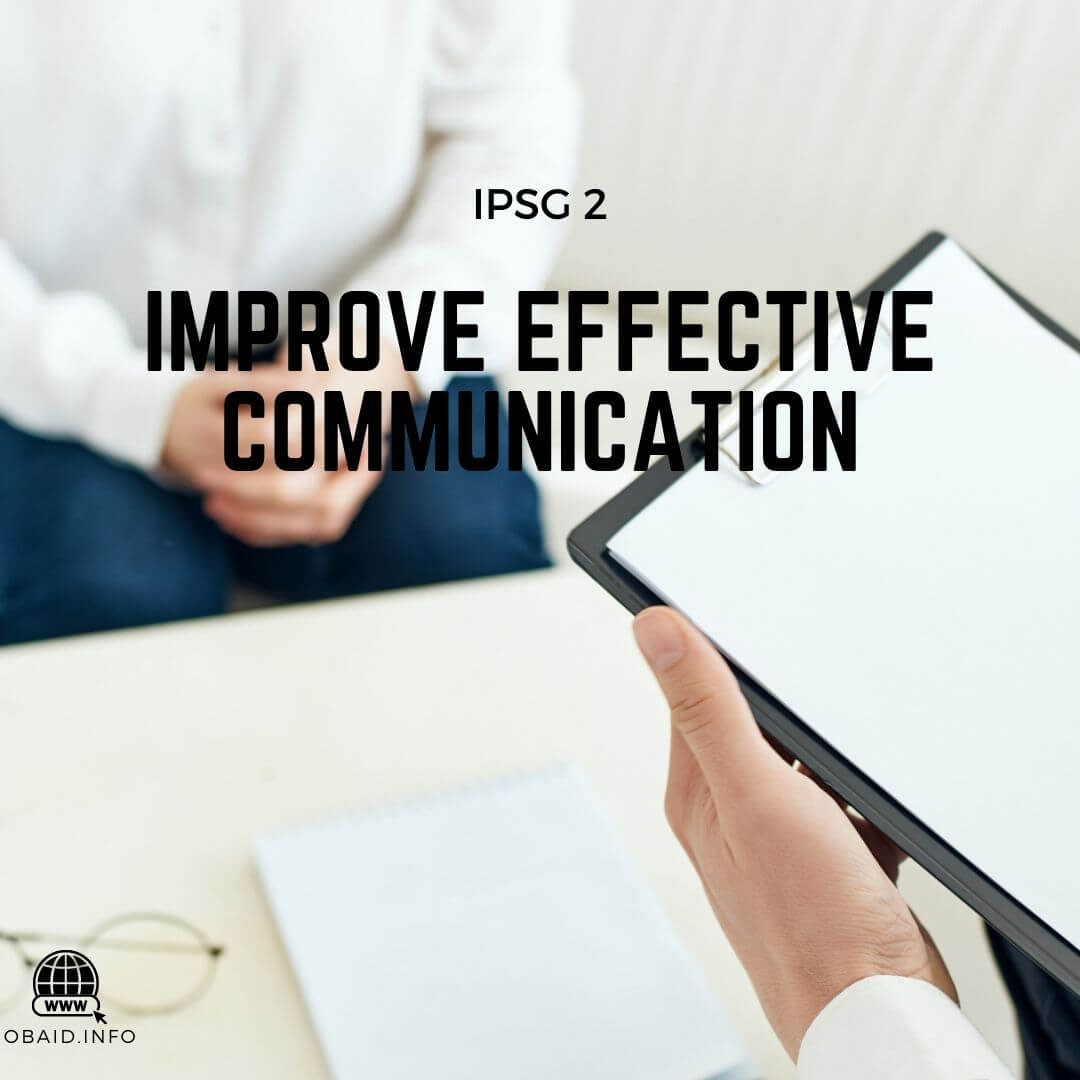INTRODUCTION ABOUT IVP MEDICATION
When a doctor has prescribed a medicine that will be administered via an intravenous (IV) line in your arm. An IV Push is so named because the medicine is “pushed” into the bloodstream using a syringe during this procedure. Additionally, IV line will need to be flushed.
Flushing is the process of filling the IV tubing with a solution in order to prevent it from becoming clogged (clotting).
1
Cleaning hands
According to international infection control guidelines
2
Check the medication labels and patient identification
Apply proper checking, whether you have the correct patient, correct medication and correct route of administration.
3
Prepare all your needs beforehand
Place everything you’re going to need on the stainless steel table, like
Medication syringe
2 Saline syringes
Heparin syringe, if needed
Sterile wipes
Alcohol disinfectant swab
Medication syringe
2 Saline syringes
Heparin syringe, if needed
Sterile wipes
Alcohol disinfectant swab
4
Remove the syringe cap
Take care and use caution
5
Gently tap the syringe
This is done to move air to the tip
6
Push the plunger to remove air and extra solution.
If difficult to push, pull plunger back slightly to break the seal.
7
Replace the syringe cap
until you are ready to use it.

- PROTOCOL:
- Indications for IV push medications
- Emergency administration during cardiopulmonary resuscitation.
- When quicker response to the medication is required (e.g. Furosemide).
- Some drugs are metabolized quickly and must be administered quickly to achieve the desired effects, like Adenosine.
- Administration of a “loading” dose of a medication to rapidly achieve a desired drug level.
- To avoid incompatibility problems when multiple medications are being administered.
- IVP of Chemotherapeutic drugs should be given by chemotherapy qualified nurses.
- A clear written order must be obtained by a licensed physician before administration of an IV push medication, except during a Code Blue.
- A Registered Nurses will be certified to administer IV push medications in accordance with the guidelines of the institutions, the nursing units and with the IV Medication Reference Manual.
- The nurse must be knowledgeable regarding:
- Compatibility of medication and IV solution
- Maximum dosage and rate of administration
- Desired therapeutic effects
- Possible adverse effects
- Appropriate preparation and dilution
- Required monitoring parameters
- The nurse must ensure the following:
- Right patient
- Right drug
- Right dosage
- Right route
- Right time
- Right dilution/fluid compatibility
- Right flow rate
- Right monitoring
- Right documentation
- To avoid speed shock, don’t administer a drug in less than 1 minute, unless the order is direct you to do so or if patient is in cardiac or respiratory arrest.
- To decrease drug tolerance, slower injection times or grater drug dilution may be required if the patient has:
- Systemic edema
- Pulmonary congestion
- Decreased cardiac output
- Reduced urine output, renal flow, or glomerular filtration rate.
- For quickly metabolized drugs.
- Indications for IV push medications
- GOAL:
- To define the professionals authorized to administer medications by direct IVP.
- To safely administer approved medications intravenously by push/direct route.
- DEFINITION:
– IVP is defined as the administration of any medication, diagnostic agent or intravenous fluid infused over less than 5 minutes without the use of an infusion device.
– IVP can be administered by two ways; directly into a vein or through an existing infusion line. - Advantages & Disadvantages of IVP
- ( When injecting into vein (no infusion line):
(When nonversicant drug with low risk of immediate ADR required for a patient with no other IV
needs)
Advantages:
- Elimination the risk of complications from an indwelling venipuncture device.
- Eliminate the inconvenience of an indwelling venipuncture device.
Disadvantages:
- Can only be given by a doctor or especially certified nurse.
- Required venipuncture, which can cause patient anxiety.
- Required two syringes-one to administer the medication and one to flush the vein after administration.
- Risk of infiltration from steel needle
- Drug can’t be diluted and delivery can’t be interrupted if irritation occurs.
- Carries risk of clotting with administration of drug over
a long period and with a small volume.
2. Through existing infusion line:
– If the drug is incompatible with the IV.
– If patient needs immediate high blood levels.
– In emergencies.
Advantages;
- Doesn’t required time or authorization to perform venipuncture because the vein is already accessed.
- Doesn’t require a needle puncture, which can cause patient anxiety.
- Allows the use of IV soln. To test the patency of venipuncture device before drug administration.
- Allows continued venous access in case of ADR.
Disadvantages:
- Carries the same inconveniences and risk of
complication associated with indwelling venipuncture
device (such as infection, infiltration, and pain).








1 Comment
[…] Intravenous (IV) therapy is a crucial aspect of neonatal care, but it comes with potential risks and complications. As healthcare professionals, it’s essential to understand these risks and implement strategies to prevent and manage them effectively. In this blog post, we’ll explore the intricacies of neonatal infusion therapy, focusing on reducing complications and ensuring the best possible outcomes for our tiniest patients. […]